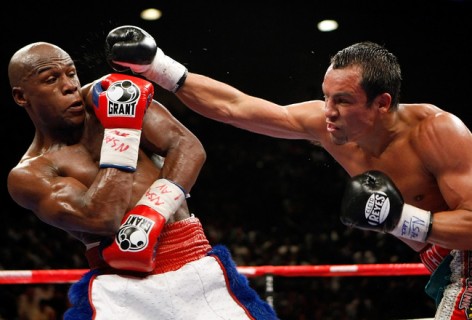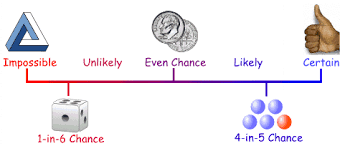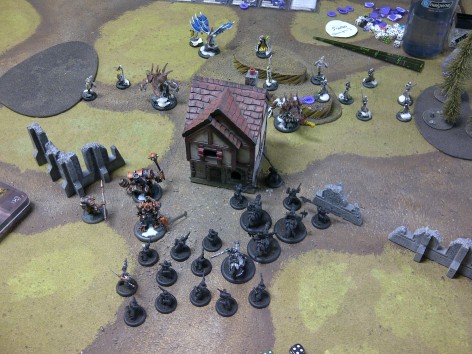Warmachine: Staying Alive


In Warmachine or Hordes (WM/H), losing your warcaster/warlock loses you the game. Here are some tips to avoid losing games to sudden death.
No matter what scenario you’re playing in WM/H, assassination is always a win condition for you and your opponent. Some lists will be angling for an assassination from the very start of the game, while other lists may switch to that approach as resources dwindle and army leaders become more vulnerable.
Regardless of how you get there, plenty of games will end with one warcaster/warlock taking a dirt nap. Specific strategies for avoiding assassinations vary based on army, list composition, terrain, and opponent, but there are some general guidelines you can follow that will help you dodge some bullets.
Bring A Picnic Basket:
The second best way to avoid getting killed is to camp (i.e. don’t spend) however much of your primary resource – focus or fury – that you can reasonably afford to. “Reasonably afford to” more so applies to warlocks than warcasters; warcasters can more easily abandon all else and fully camp their focus, whereas warlocks may need to still have some wiggle room to keep their warbeasts from frenzying.
Camping is most obvious when you are going to be in a lot of danger – of course you should camp a lot then! Where this becomes much more important is on turns where you may not be anticipating incoming attacks. Camping just one or two focus/fury can dissuade “random” attacks from coming your way (which can soften you up for later assassination attempts), and it can mean the difference between life and death if your opponent comes up with an attack run you didn’t see coming.
Before you spend those last one or two focus/fury, always ask yourself “am I better off just holding these?” Most of the time, the answer is “yes”.
Numbers, Again:
WM/H can be a very math intensive game, and assassinations are no different. The actual math for computing how likely a series of attacks are to kill a given target is complicated enough that you probably aren’t going to be breaking it out during a game (though common values/probabilities may become familiar enough to be easily recalled over time).
What is more important than being able to run the hard numbers is being able to get a good sense of how dangerous various things really are. This becomes most important when facing models with the ability to boost/add dice, as it can quickly turn nondescript attacks into game enders.
Example: A commonly heard phrase is “POW 12’s kill ‘casters”, which can be surprising if you are new to the game. Consider, however, that even against an ARM 18 target multiple POW 12 shots will start to nickle and dime damage, and boosted POW 12 attacks are likely to sink in 4-6 damage each. All of the sudden those innocuous attacks have added up to a dead or seriously damaged model.
Being able to identify threats like this are of critical importance when trying to avoid assassinations.
Know When To Transfer:
This one is unique to warlocks, but it is a very important skill to learn when using them.
There are going to be plenty of times where you have more attacks coming at you than you have fury to transfer (or possibly even transfer targets that can survive the damage). As a warlock, it is important to gauge the value of transferring each chunk of damage as it comes in, relative to other possible/likely damage that turn.
Honing that sense can help you avoid unforeseen assassination attempts (via canny transfer use and a bit of luck), and it can allow you to more effectively run your warlocks with less fury camped on turns where you judge yourself to be safe (allowing you to push your warlock and warbeasts that much further).
The Best Defense Is Distance:
The absolute best way to avoid getting assassinated is to never be attacked. Simple right? Congrats, you’re invincible.
That is great when you can manage it, and some warcasters/warlocks are designed to stay very, very far away from combat for that exact reason. But a lot of factors can put your warcaster/warlock in the danger zone – especially with the significant Control Point benefit to dominating scenario areas in Steamroller play – so “fetal position, far away” isn’t always an option.
Even when you have to enter into threat range of enemy models, the distance to which you do so can make a big difference. The general rule is: only move your warcaster/warlock as far forward as is *absolutely necessary* for what you are trying to accomplish.
A very common mistake is to either always move as far forward as you can (to get involved in the fight) or move further than the minimum that was necessary. The closer you put your warcaster/warlock to the opponent, the easier you make it for them to leverage their army against you. Even just staying that extra 1″ back can make the difference between a successful assassination run, and one where your opponent couldn’t quite close the deal.
—–
Are there any tactics you’ve found helpful in warding off assassinations? Have any great “missed me by *that* much” survival stories? Share them in the comments!
Also be sure to check out Sticks and Dice for more WM/H articles!










